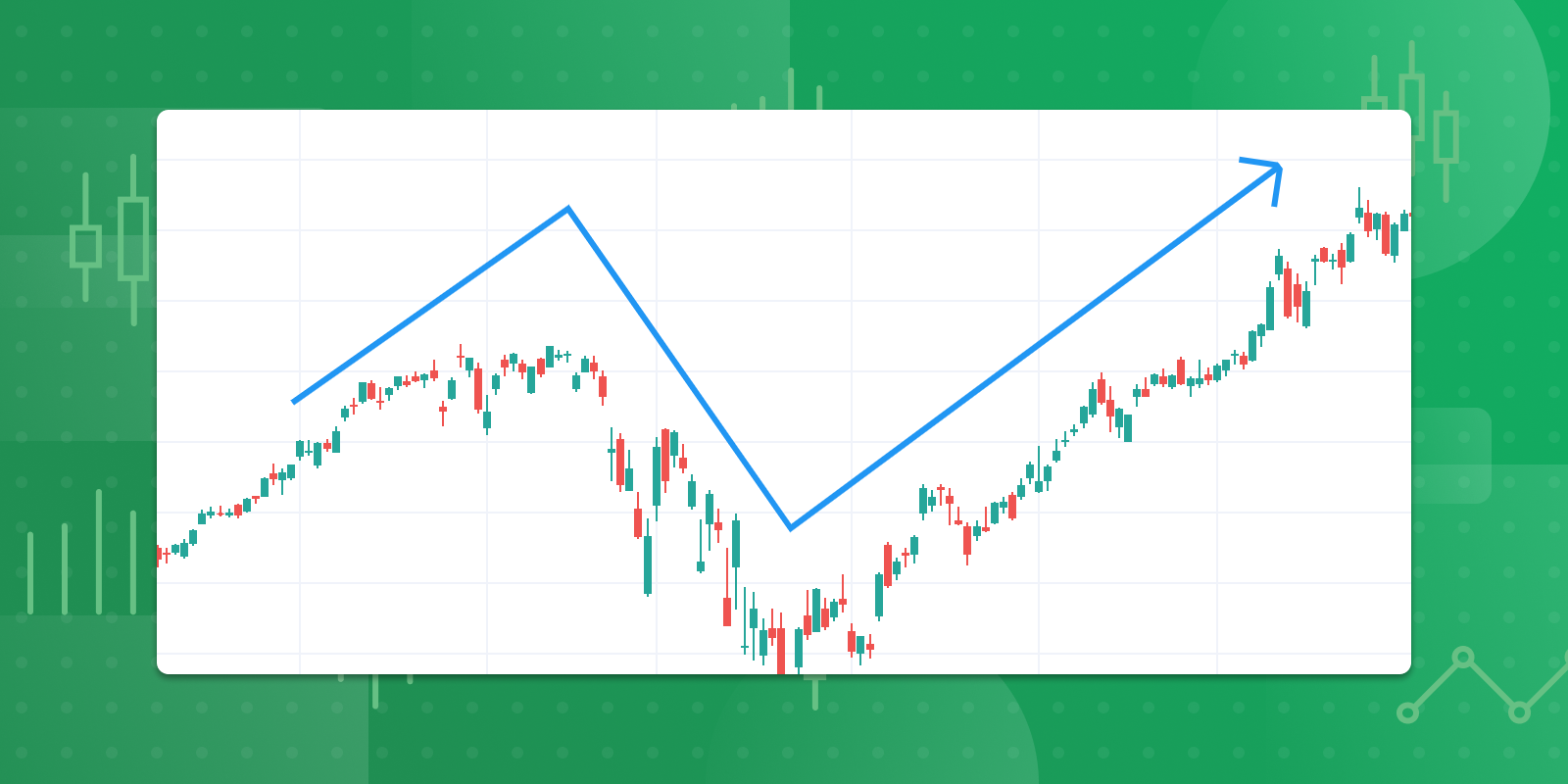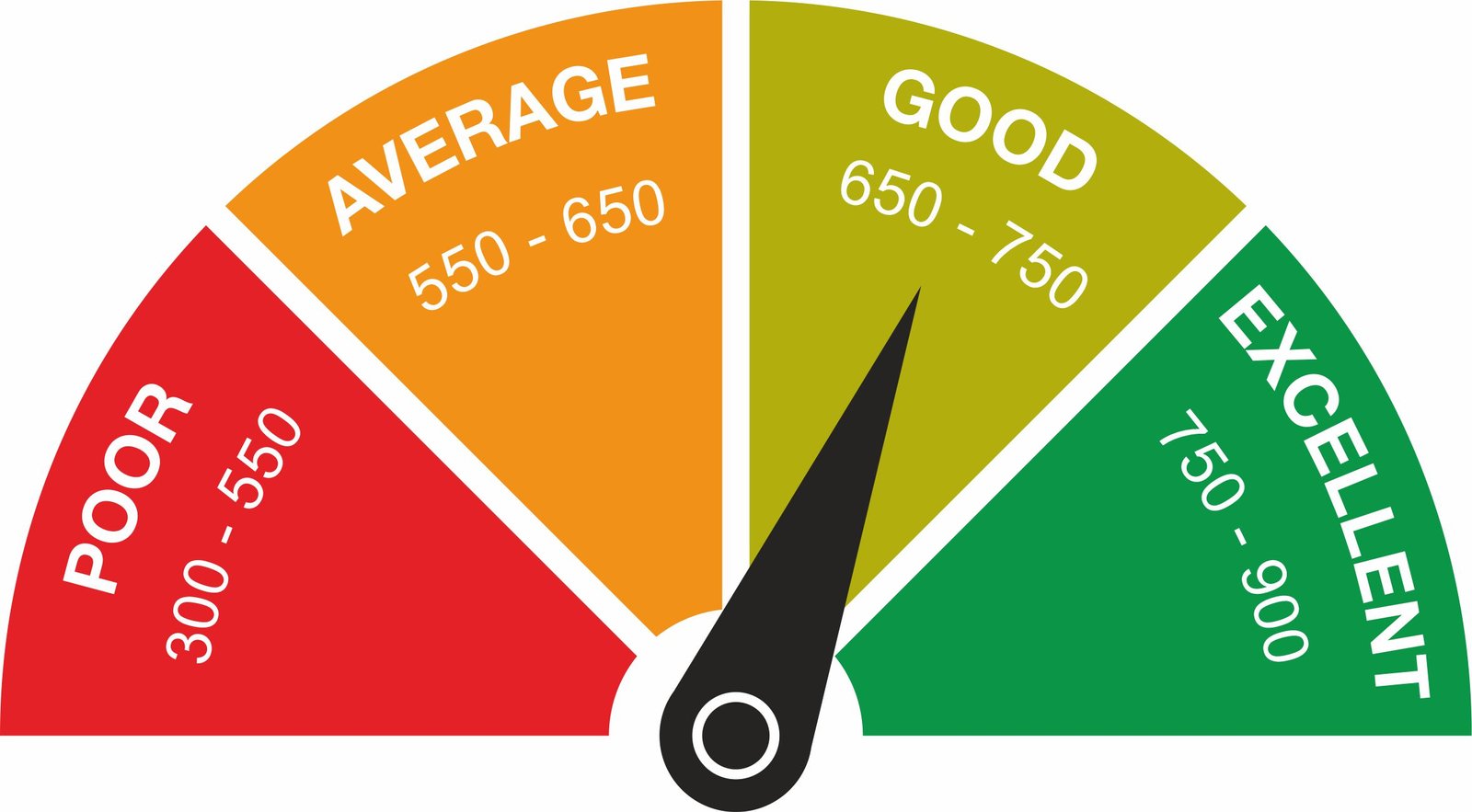Let us unfold all the facts you need to know before buying such packaged insurance policies.
You’ve probably heard of them already — ULIPs or Unit Linked Insurance Plans.
If not, ULIPs are basically a combo of insurance + investment products.
Despite their name, ULIPs aren’t sold as insurance products.
Instead, agents often pitch these plans as investment products that just happen to extend the benefits of insurance as well.
So technically, you get your invested corpus when the policy matures (including some extra money on top), you get tax benefits, and you get a large lump sum amount in the event you die during this period.
While it’s not always easy to spot a ULIP, there are a few giveaways. Usually, the policy will mature in 10 or 20 years. And the paying term will be restricted to the first 5 or 10 years. They don’t make any guarantees regarding returns. But they will show you projections that will make you believe that your money could grow at 12% annually.
In fact, your agent might also suggest that you can choose to invest your money wherever you like. And then, they give you options.
Safe options. Aggressive options. Hybrid options… almost making it seem as if this unassuming product could solve all your life’s problems!
But alas — it’s a sham.
Because despite the lofty claims, a ULIP isn’t a great investment product. Nor is it a good insurance product. It’s actually just a rather clever marketing ploy.
The first thing you have to remember is this — ULIPs don’t actually make large lump sum payments when you die. For instance, if you’re paying one lakh in premium each year, then your insurance coverage would most likely tally up to ten lakhs. It doesn’t matter how many years you keep paying these premiums. It will stay at ten lakhs.
At which point you have to ask yourself — Is your life worth a measly ten lakhs? Do you think your family could make do with that paltry sum in your absence?
Unlikely!
However, you can do much more with this annual amount of one lakh rupees. You can spend Rs. 20,000 in a term insurance plan and the rest of the Rs. 80,000 can be invested elsewhere. This is just a ballpark figure; the figures will change based on various other factors.
All we want to say is, a separate investment is so much more desirable. It just doesn’t stop here. ULIPs also have a lock-in period of an average of 5 years and some even go up to 7. And guess what, you are not allowed to withdraw a single penny before your lock-in period ends. Not a good deal, is it?
So as an insurance product, it doesn’t offer you adequate protection.
In fact, the ULIP agent will also tell you about the features of the product, the objectives of the funds, and the past performances. The only pitfall is that the past performance is by no means an indicator of your funds in the future.
So, what exactly happens to your investments in the near future? Sure, your money will grow at 12%, no? Well, it may look like a decent return. But what if we tell you that a big chunk of your premiums will never be invested. So, even if your money grows at 12% annually, you’d still lose out on a fair bit of cash.
But where do the premiums disappear?
Well, to understand that you have to trace the journey of a ULIP. The moment you buy a policy, the insurer has to get your medical tests done.
Then, they’ll have to pay the agents. After which, they’ll have to pay the people that will assess the risk you carry. And once they are through with that, a good chunk of your premium will have vanished into thin air. They call this a premium allocation charge.
But after taking away this money, they can finally set aside what’s left and invest it in someplace nice.
Or, maybe not.
Remember, ULIPs are often pitched as an investment product that offers insurance on top? Almost making it seem as if the insurance bit is thrown in for free?
But that’s not how it works.
When you pay your premiums, a part of it is set aside to make sure they can afford to make the lump sum payment in the event you pass away. They call it a mortality charge.
So once they deduct this extra money, they can finally invest what’s left. And all the benefits of compounding will start accruing to you.
But it won’t. Because we haven’t yet talked about the day-to-day management of your policy. Oh lord, the administrative work — So much paperwork, so many numbers, so much money. So, every month, they will take a small part of your investment and keep it. Because — Administrative charges.
And after that, your money can continue to grow.
Unless you’re asked to pay a discontinuation charge, or a partial withdrawal charge, or a premium redirection charge, or a switching charge, or a guaranteed charge, or maybe, a miscellaneous charge — just in case.
And once you’re through with all this…
Your money will finally start growing in spades.
Or at least, what’s left of it.
And while you are trying to get a grasp of all the charges that might have been levied on you, there are a few companies that overlook a few of the above-mentioned charges.
But is it worth the time and effort invested?
Moral of the story — If you’re looking to invest your money someplace so that it offers you reasonable returns and tax benefits, then you have plenty of other options without having to pay the extra charges.
If you’re looking for protection, please buy a term insurance policy that offers your family a sizable sum in the event something happens to you.
If you are concerned about getting spammed by insurance companies, you should be at ease. Our advisors DON’T spam, at all. Talk to Ditto today!
Ditto offers free insurance-based consultations, answers your queries, and helps you choose your policy wisely.

















